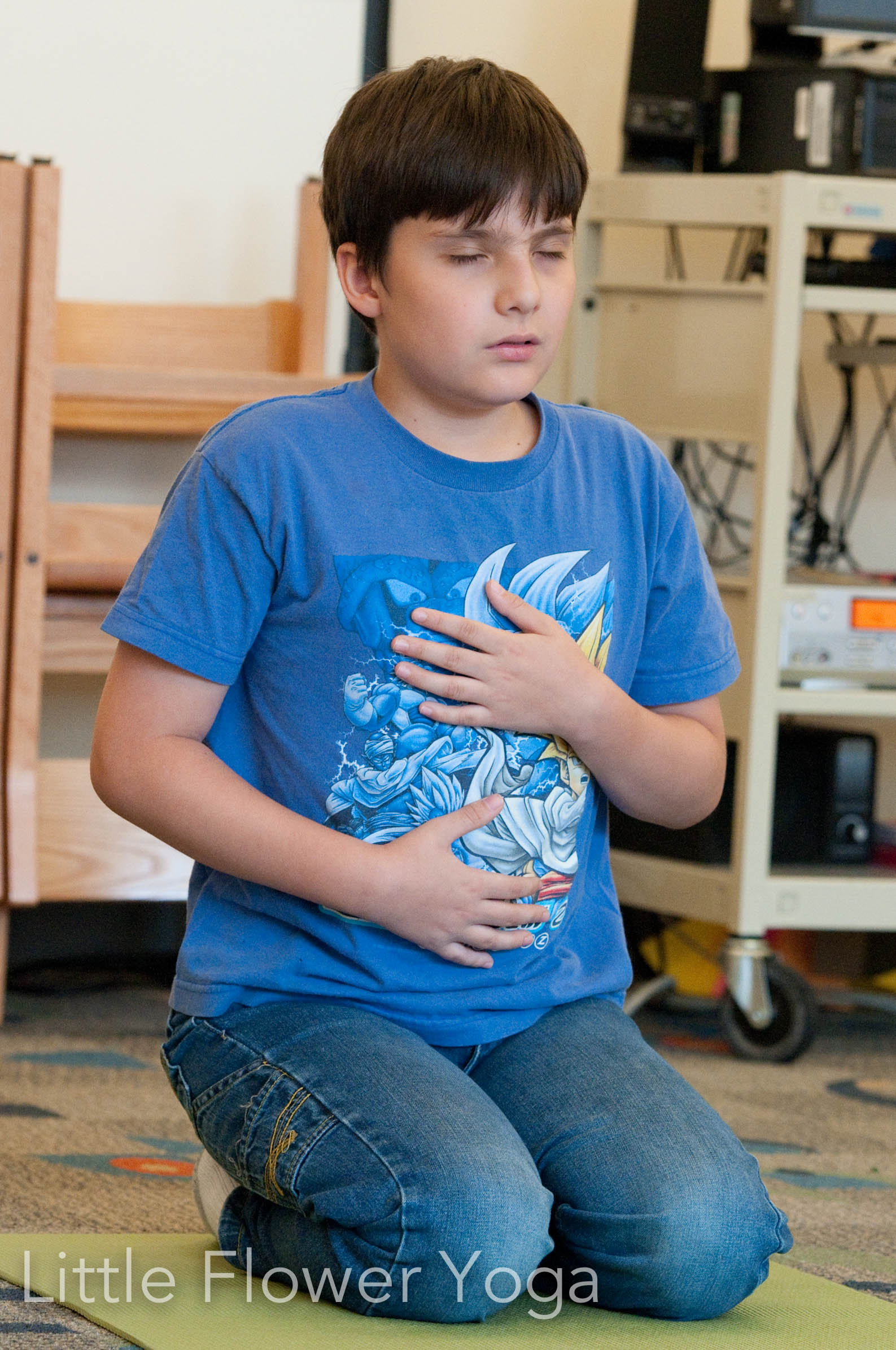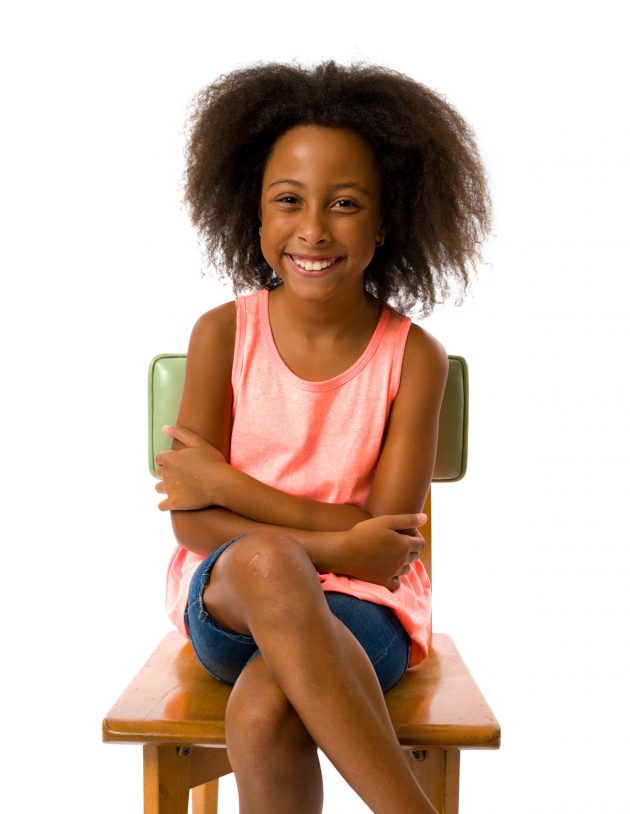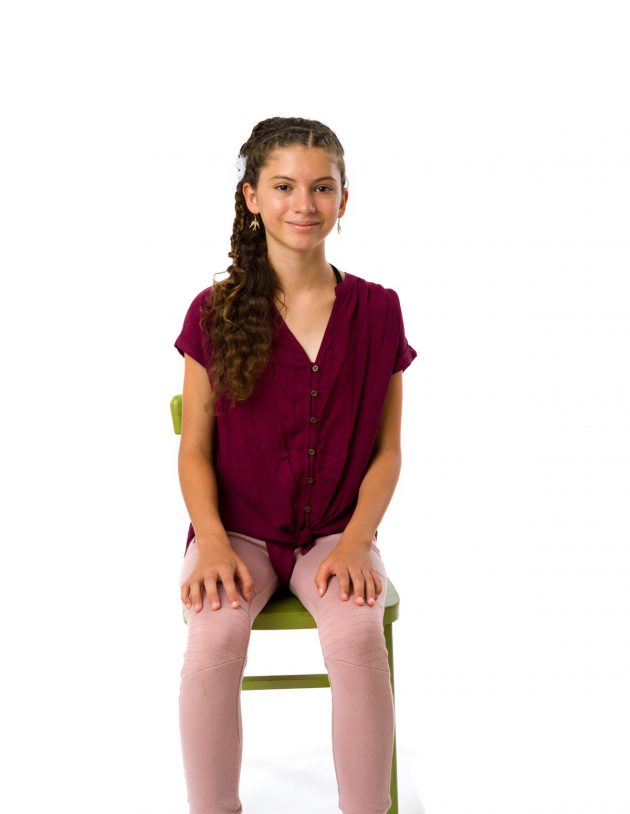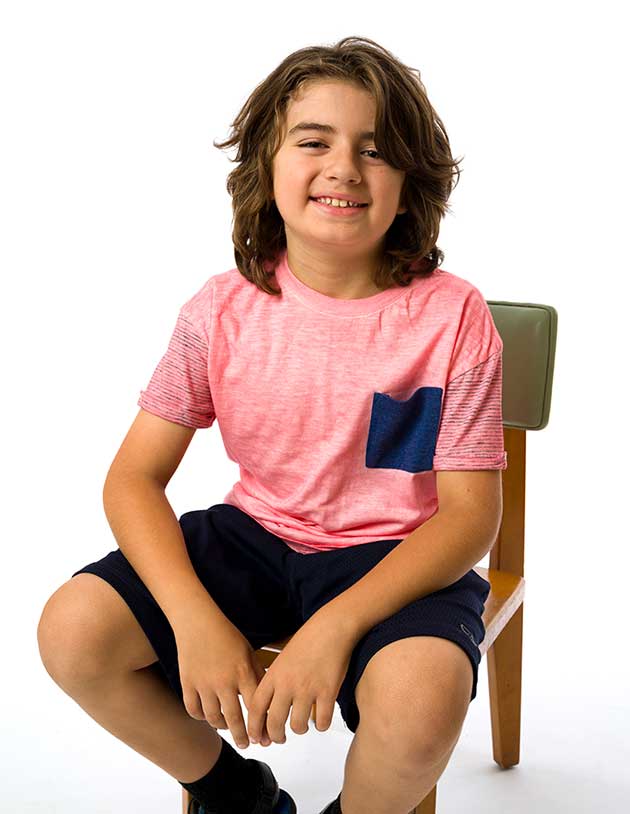We often ask our children to pay attention. Pay attention to your school work, pay attention to your father, pay attention to your teacher. But we don’t always have a clear idea of what we are actually asking of them. When we ask our children to pay attention, what we really mean is something along the lines of Stop thinking about all the other things that are important to you right now, no matter how you are feeling about those things—even if they are scary or confusing or are trying really hard to distract you. Focus exclusively on what I want you to focus on. Then respond in a way that is productive and socially appropriate.
What we are asking our kids is very hard. In order to pay attention to any one thing, a person must filter an enormous amount of other things: all of the external stimuli (including the ongoing assault of technology), and all of the internal thoughts, feelings, memories, and plans. We are always paying attention to something. What we are trying to do—and teach our kids how to do—is choose what we pay attention to and for how long we pay attention to it.
The Thoughtful Brain and the Protective Brain
A child’s life is largely dominated by a part of their brain that I call the Protective Brain. Sometimes called the limbic area, this is the part of the brain that is responsible for our emotions, reflexes, instincts, and basic bodily functions, and it is the most dominant part of the brain in children. Anytime we act based on an emotion or impulse, without giving much thought to either the logic of our action or its consequences, we are acting on the directions of this part of our brains. I find it helpful to think of this as the Protective Brain, because it is always looking out for our safety and our immediate happiness. Because this part of the brain is so strong in our kids, they are constantly scanning their surroundings for input and information – and they have a very hard time not reacting to what they see and hear.
For a child to sustain their focus on a particular task, we have to get them using their Thoughtful Brain – the part of the brain that sees the big picture, takes a long term view, and makes considered decisions. While the Thoughtful Brain allows your child to choose what to focus on, the Protective Brain is busy trying to distract it, constantly demanding focus anytime something seems important. What makes this scenario particularly difficult for children is that the prefrontal cortex, where the Thoughtful Brain lives, is not fully developed until our mid twenties. The Protective Brain has a very strong advantage in our kids. If we want to help them live a more balanced life, with the capacity for good decision making and focused attention, then we need to understand how challenging it is for their Thoughtful Brain to exert itself and learn how to encourage and support it’s development.
(For lots more information on the Thoughtful Brain and the Protective Brain, check out Little Flower Yoga for Kids: A Yoga and Mindfulness Program to Help Your Child Improve Attention and Emotional Balance
The following activities can be used any time to help your child improve their capacity for focused attention on a chosen task. While they will all help in the moment, they also have a strong cumulative effect, as with practice they teach the brain to get better at focusing.
1. Help Them Feel Safe
A simple way to help your child feel more comfortable in their environment, more tuned in to themselves, and therefore more able to access their Thoughtful Brain, is with a mindful listening activity called Layers of Sound.
Sit in a comfortable position (it’s fine to sit in a chair!) and if it feels good, close your eyes. Now open your ears as wide as you can, and stretch your sense of hearing out to find the furthest away sounds that you can hear….Now bring your sense of hearing in a little closer to find the sounds that are happening just in this house (or building)….Now bring your hearing even closer, to find the sounds that are happing just in this room…Finally, turn your hearing inward to listen for the sounds that are happening inside your own body. After practicing layersof sound, talk with your child about what she heard in each layer. Some children love to use a drawing activity after this practice to express the sounds that they heard, while others like to talk about them.
2. Make Them Feel Supported
A child’s primary need is for a secure and strong attachment to their caregivers. When kids feel accepted and like you’re on their side, the Protective Brain is soothed and the Thoughtful Brain is free to focus on the task at hand.
The single most useful practice I have found for helping the kids in my life feel supported, is to pause each time I am about to address them (especially if I’m upset or frustrated) and think: Is what I’m about to say going to make this child feel better or worse about themselves? I know that if what I say makes that child feel worse, then their behavior is going to get worse, and if what I say makes them feel good, then we have a chance to make the situation better.
3. Pay Attention to Your Breath 
Our breath is one of our greatest tools for managing our emotional state. When we breathe slowly through our nose, we are sending our body and mind a very strong signal that everything is ok. An activity called Heart and Belly Breathing is a simple way to help your child feel calmer, steadier and more capable of accessing their Thoughtful Brain.
Sit up tall, and put one hand over your heart, and the other over your belly. Breathe in and out through your nose, and as you breathe in, let your belly get softer and bigger, filling with air. As you breathe out, pull your belly button in, pushing all of the air out. It can be helpful to establish a rhythm by counting aloud for your child, Inhale one, two; exhale one, two. Make sure that the counting matches a full comfortable breath for your child. After a few rounds, it’s time to start breathing into the heart also. The next time you breathe in, fill your belly with air. Then breathe in a little bit more and fill the space behind your heart with air. When it’s time to exhale, let your breath go from behind your heart, then squeeze the rest out of your belly. Repeat this for as long as it feels good.
4. Move With Purpose and Attention
Moving our bodies is good for our brains. Moving in a deliberate way that creates a grounded yet engaged energy in our kids, and keeps their minds stimulated, is an important part of helping them focus. This practice, called Moving Lunges, is simple enough for anyone to try, but challenging enough to engage even a very athletic child.
Come into a lunge by stepping one leg way back behind you, and bending your front knee over your ankle. Reach your arms up overhead. Get steady. It helps to stare at one spot that’s not moving. Now when you inhale, straighten your front leg, as you reach up with your arms, and lift your back heel. When it’s time to exhale, slowly bend your front knee and press your back heel away, lowering your torso straight down. Keep lifting up as you inhale and lowering down as you exhale. Practice on the other side for the same number of breaths, and then end by stepping your back foot up to your front and standing tall.
5. Practice Noticing Your Mind Wander 
Children (and adults) naturally have wandering minds. This is normal! Make sure your child knows that there is nothing wrong with her because she gets distracted. The important thing is to be able to notice that your mind has wandered, and bring it back to what you are hoping to focus on. Practicing a Single Pointed Focus Meditation is a way for your child to strengthen this skill.
Choose an object to be the focus of your practice. This is an important choice. Something that has a tiny bit of movement to it, like a sand timer, a flickering (battery operated) candle, running water, or leaves blowing in wind are good choices. Sit comfortably with the object in front of you, set a timer for a few minutes (2-3 is good to start with), and let the object you’re looking at fill up your mind. Then when your mind wanders (which it will!) try to notice right away, and then bring it back. When the timer goes off, close your eyes and try to keep the object in your mind for a moment, then take a full breath and open your eyes.
6. Rest
Being tired makes everything else harder, and our kids are very tired. A recent study* of 7000 students showed a correlation between just 15 minutes of lost sleep and a full grade point drop in school. Lack of sleep reduces a child’s ability to focus well, impairs their capacity to retain new information, and in children with ADHD, often leads to a dramatic increase in symptoms. Helping your child find ways to rest even when they can’t sleep, and ways to ease themselves into sleep at night, can have a big impact on their ability to pay attention during the days. The following activity, called Tense and Let Go, can be used any time, but is also a great bedtime ritual.
Lay down in a safe comfortable place on your back. Bring your attention to each part of your body, starting with your toes and moving all the way up to your head. As you think about each part of your body, tense the muscles in that body part, and then let it relax and get very heavy. When you’ve scrunched up each body part, and let it go, try tensing your whole body for a few moments, and then relaxing. Rest for as long as feels good.
Click here for audio guided relaxations for both parents and children
*Wahlstrom, K. 2010. “School Start Time and Sleepy Teens.” Archives of Pediatric and Adolescent Medicine 164 (7): 676– 677.



















